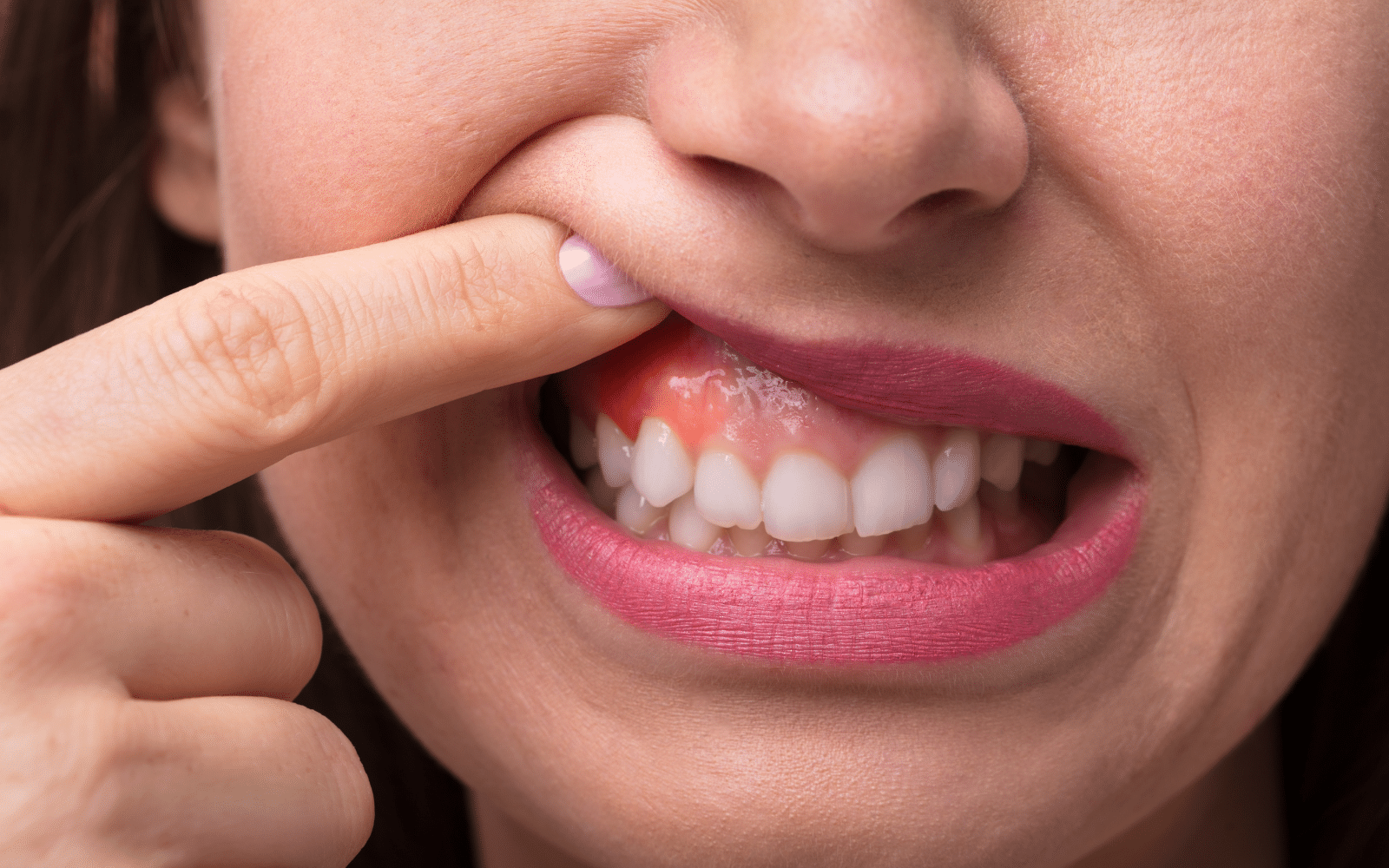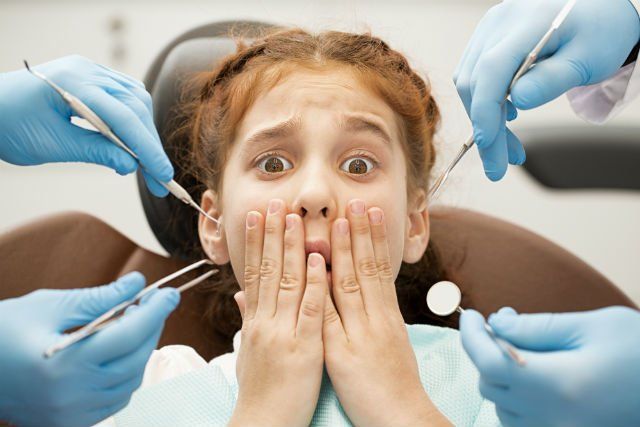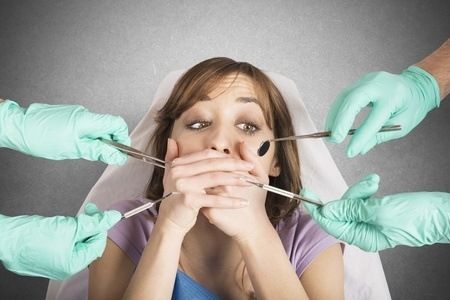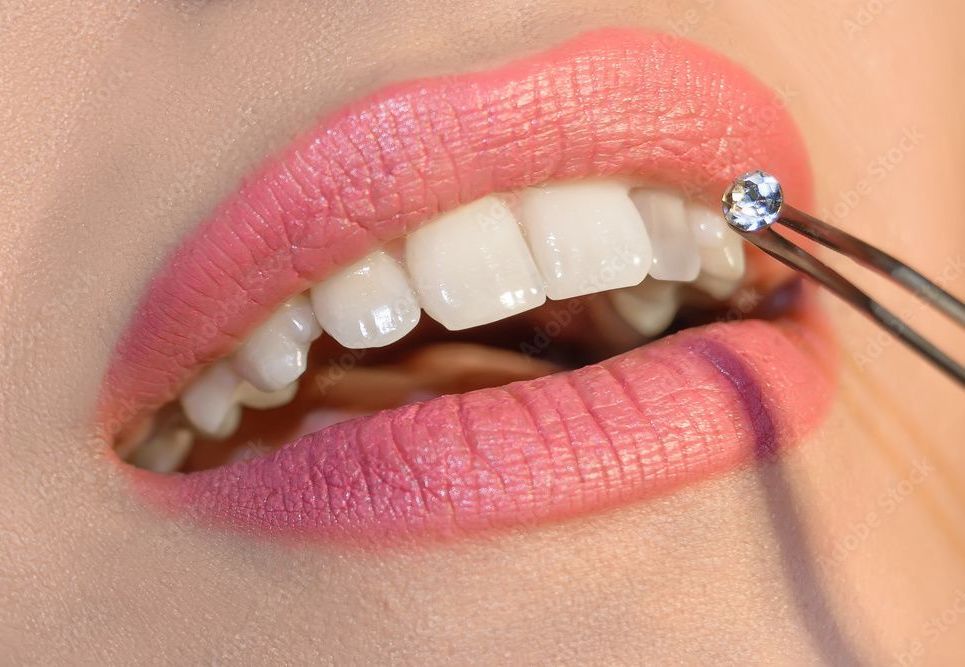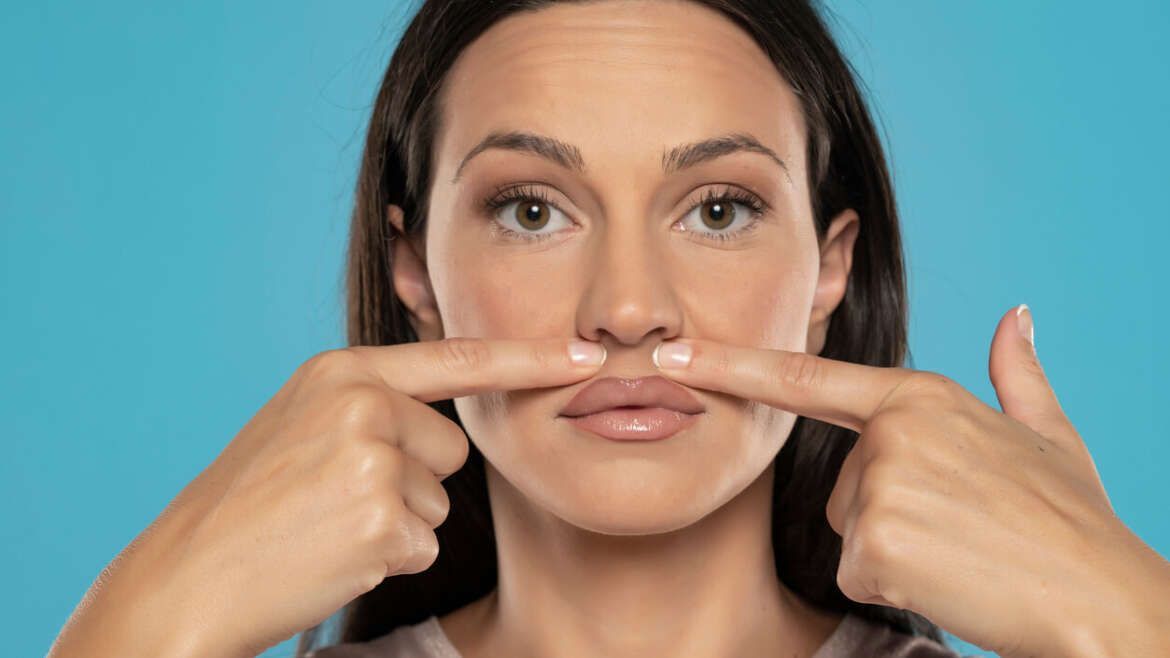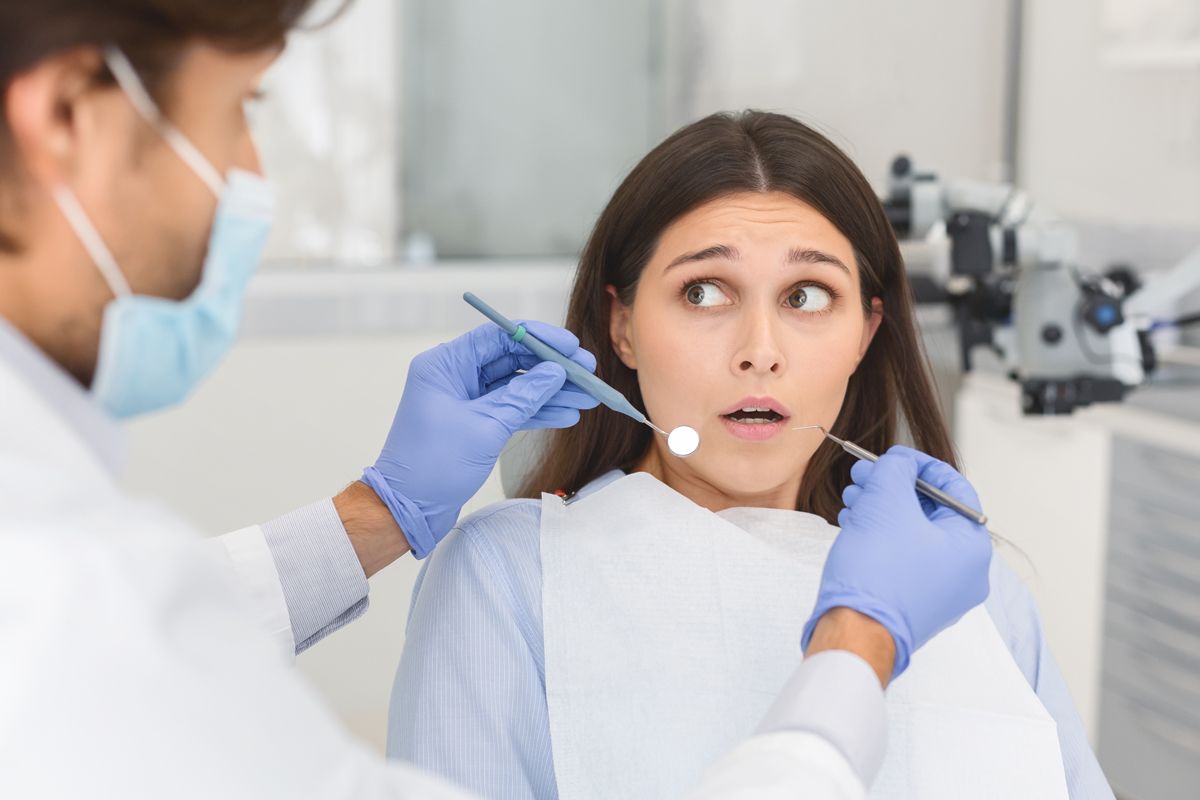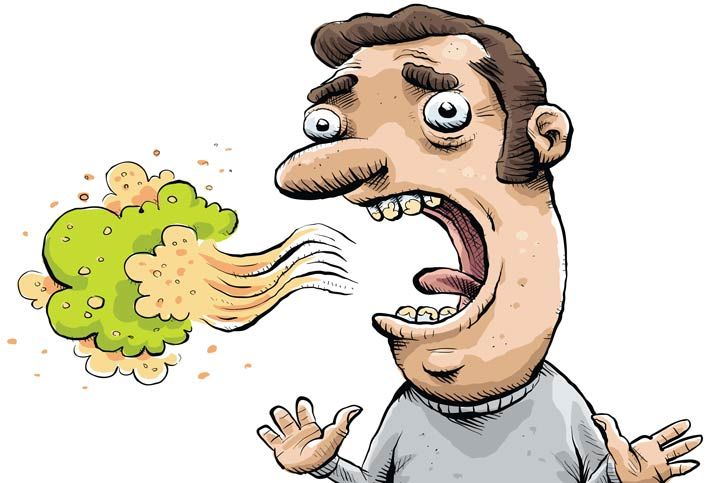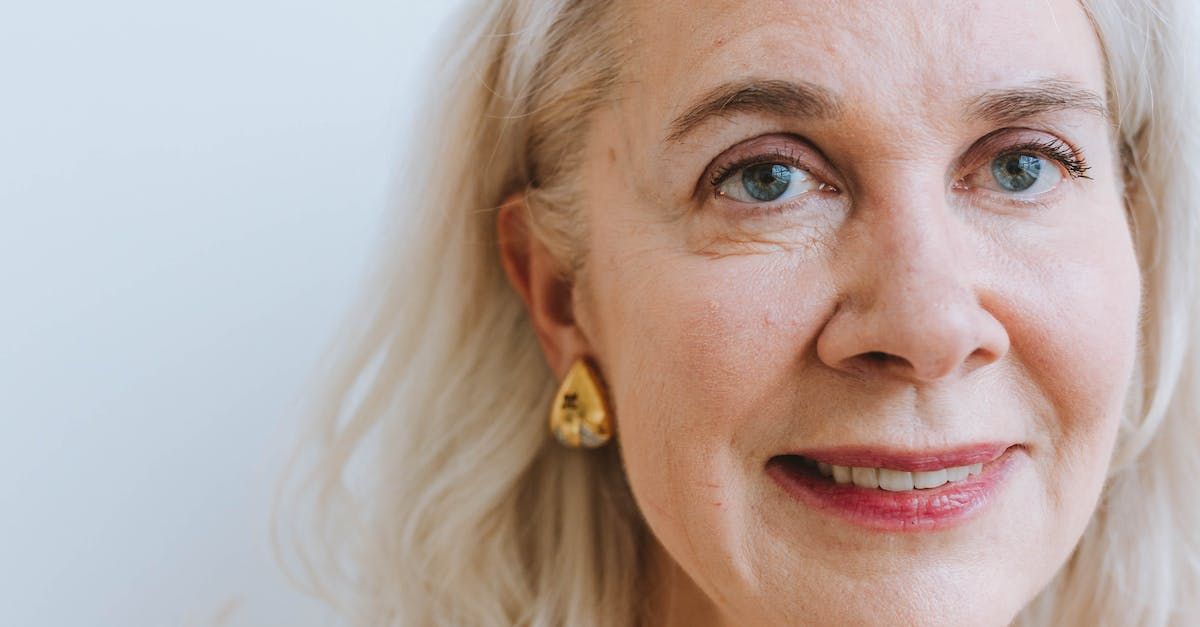Autore: dott. Fiorenzo Fraschina
•
1 marzo 2024
Bruxism - simply put, the habit of grinding or clenching the teeth - consists of more or less intense activity of the masticatory muscles, which occurs mainly during sleep. Here are some important tips. Many people grind or clench their teeth: an estimated one-fifth of the population suffers from bruxism. In some cases the teeth may be damaged and, in more sensitive people, cause headaches, jaw or neck pain. However, some people also clench their teeth during the day, for example, when they are tense and need to concentrate (in this case we speak of bruxomania). In cases of intense bruxism, up to 100 pounds of pressure is exerted on the jaw. The most frequent cause is stress. Usually the concentration of the masticatory muscles is caused by stress or psychic overload. During sleep we tend, in fact, to process stress by "grinding" our daily problems. In some cases, antidepressants or substances such as alcohol can also cause bruxism. One thing is certain: rubbing the surfaces of the teeth results in progressive wear of the teeth, sometimes even fractures. In cases of intense bruxism, teeth can become particularly sensitive and mobile. Other disorders also occur in the temporomandibular joint and at the level of the masticatory muscles, resulting in facial pain and the appearance of headaches. Therapy Therapy involves applying a so-called "night splint" (Michigan ferula), which does not inhibit bruxism but protects the teeth and prevents pain, allowing the muscles to relax. Many people are unaware that they grind their teeth. If you find out that your partner (or your child) suffers from bruxism, make him or her aware of the problem right away so that they can take action before damage to the teeth arises Reimbursement of treatment for a bruxism problem Only diagnostic therapies are recognized under the basic health insurance; however, the costs of making the bite and the dental laboratory are excluded. If the Michigan plate becomes necessary as a result of an accident (Art. 31 KVG, e.g., as a result of so-called whiplash), the health insurance reimburses all costs.
